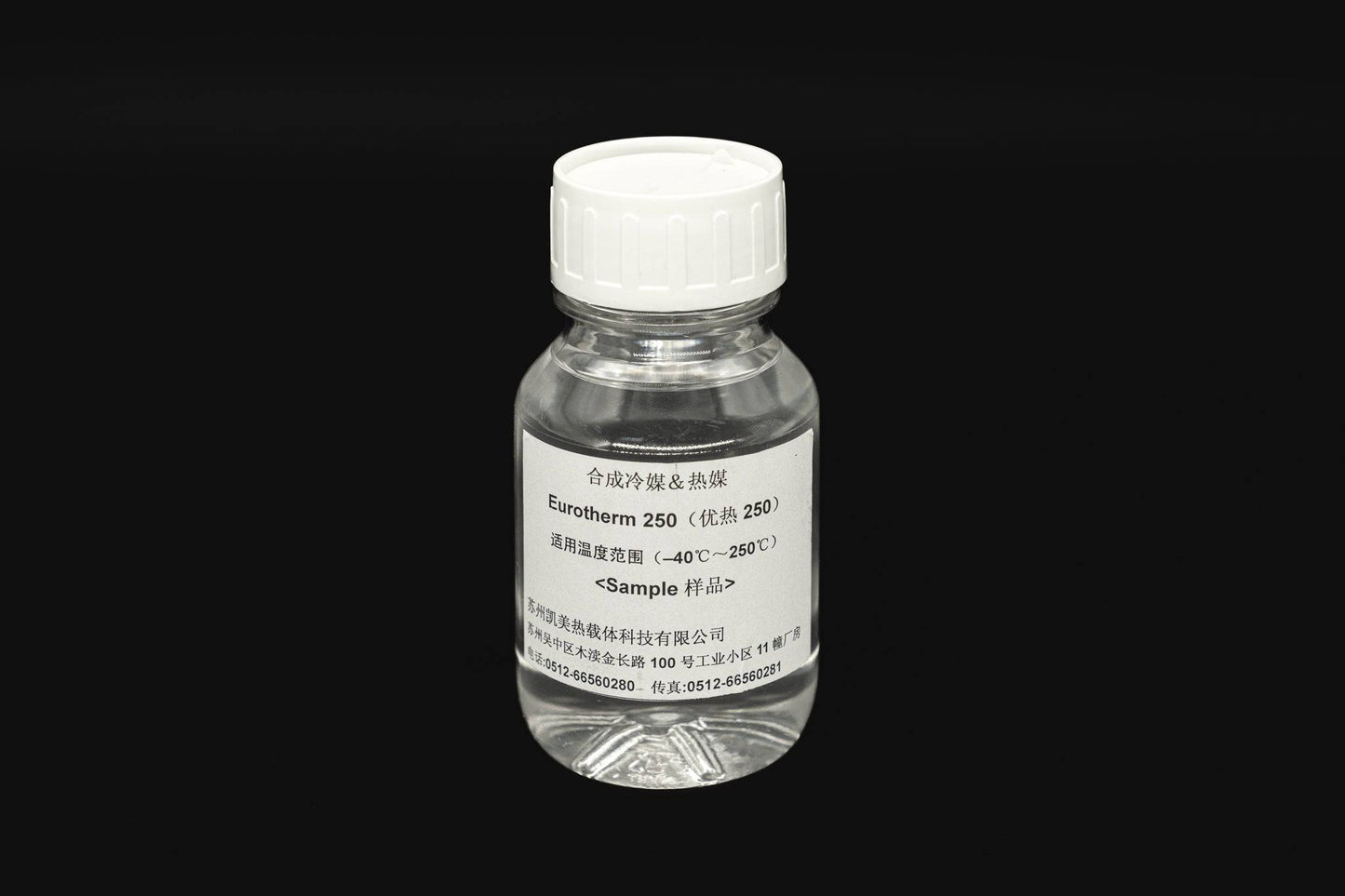The smart Trick of Chemie That Nobody is Discussing
Not known Facts About Chemie
Table of ContentsThe Definitive Guide to ChemieA Biased View of ChemieWhat Does Chemie Mean?A Biased View of ChemieHow Chemie can Save You Time, Stress, and Money.Chemie for Dummies
By Bojanna Shantheyanda, Sreya Dutta, Kevin Coscia and David SchiemerDynalene, Inc. Liquid cooling, which can be achieved using indirect or straight means, is made use of in electronics applications having thermal power thickness that may exceed safe dissipation through air cooling. Indirect fluid air conditioning is where heat dissipating digital elements are physically separated from the fluid coolant, whereas in situation of direct cooling, the components remain in direct contact with the coolant.In indirect air conditioning applications the electrical conductivity can be crucial if there are leakages and/or spillage of the liquids onto the electronic devices. In the indirect air conditioning applications where water based fluids with corrosion inhibitors are generally made use of, the electric conductivity of the liquid coolant primarily relies on the ion concentration in the liquid stream.
The rise in the ion focus in a closed loop liquid stream might happen because of ion leaching from metals and nonmetal parts that the coolant liquid touches with. During operation, the electrical conductivity of the fluid may raise to a level which could be damaging for the air conditioning system.
Chemie Fundamentals Explained
(https://www.figma.com/design/KzrisUfzcprJO8cuWdfyPs/Untitled?node-id=0-1&t=gbCYeQmleIY2ffcG-1)They are bead like polymers that are capable of exchanging ions with ions in an option that it is in call with. In the here and now job, ion leaching examinations were executed with numerous steels and polymers in both ultrapure deionized (DI) water, i.e. water which is treated to the highest degree of purity, and low electric conductive ethylene glycol/water mix, with the measured modification in conductivity reported over time.
The samples were allowed to equilibrate at space temperature for 2 days before tape-recording the initial electrical conductivity. In all examinations reported in this research study liquid electric conductivity was determined to a precision of 1% utilizing an Oakton CON 510/CON 6 collection meter which was adjusted prior to each measurement.
The Best Guide To Chemie
from the wall heating coils to the facility of the heating system. The PTFE sample containers were put in the heating system when stable state temperature levels were reached. The test setup was eliminated from the heater every 168 hours (7 days), cooled to area temperature level with the electric conductivity of the liquid determined.
The electric conductivity of the fluid sample was checked for a total amount of 5000 hours (208 days). Schematic of the indirect closed loophole cooling experiment set up. Parts utilized in the indirect shut loop cooling down experiment that are in call with the fluid coolant.

Not known Factual Statements About Chemie
The modification in liquid electric conductivity was kept track of for 136 hours. The fluid from the system was gathered and kept.

0.1 g of Dowex resin was included to 100g of liquid samples that was absorbed a different container. The mix was stirred and transform in the electric basics conductivity at room temperature level was measured every hour. The determined adjustment in the electric conductivity of the UP-H2O and EG-LC examination liquids including polymer or steel when engaged for 5,000 hours at 80C is shown Figure 3.
All about Chemie
Ion seeping experiment: Measured change in electrical conductivity of water and EG-LC coolants containing either polymer or metal samples when immersed for 5,000 hours at 80C. The outcomes suggest that steels contributed less ions right into the liquids than plastics in both UP-H2O and EG-LC based coolants.
Fluids containing polypropylene and HDPE exhibited the most affordable electric conductivity modifications. This can be due to the brief, inflexible, direct chains which are less likely to contribute ions than longer branched chains with weak intermolecular forces. Silicone also performed well in both test liquids, as polysiloxanes are typically chemically inert due to the high bond power of the silicon-oxygen bond which would avoid degradation of the material right into the fluid.
The 4-Minute Rule for Chemie
It would be anticipated that PVC would certainly create similar results to those of PTFE and HDPE based on the comparable chemical structures of the products, however there might be various other impurities present in the PVC, such as plasticizers, that might influence the electric conductivity of the fluid - high temperature thermal fluid. In addition, chloride groups in PVC can also leach into the examination fluid and can create a boost in electric conductivity
Polyurethane totally degenerated right into the test fluid by the end of 5000 hour examination. Prior to and after pictures of steel and polymer samples submersed for 5,000 hours at 80C in the ion leaching experiment.
Calculated adjustment in the electric conductivity of UP-H2O coolant as a feature of time with and without resin cartridge in the shut indirect cooling loop experiment. The measured change in electric conductivity of the UP-H2O for 136 hours with and without ion exchange material in the loop is revealed in Figure 5.